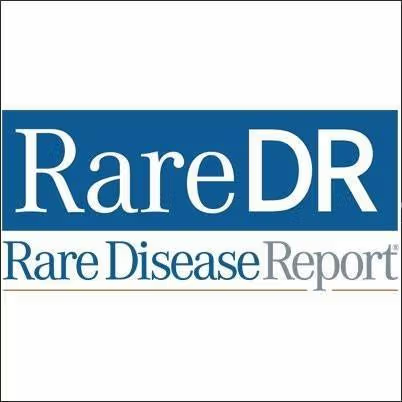Article
Electric Brain Stimulation Can Cut MS Fatigue
Author(s):
Patients with multiple sclerosis who received at-home brain stimulation using a headset saw decreases in fatigue levels.

Fatigue is a frustrating symptom that affects about three-fourths of patients with multiple sclerosis, but a new study suggests the problem could be significantly reduced using a home-based tele-rehabilitation protocol.
Compared to placebo, patients who received 20-minute sessions of remotely supervised transcranial direct current stimulation (tDCS) saw average decreases of 5.6 points on the Patient-Reported Outcomes Measurement Information System (PROMIS) Fatigue Short Form Scale, which has possible score range of 8 to 40. The control group saw an increase in fatigue scores of 0.9 points.
The study was conducted by researchers at the Multiple Sclerosis Comprehensive Care Center at New York University’s Langone Health. It follows an earlier study that showed tDCS, paired with cognitive training games, could boost a patient’s problem-solving abilities and response times.
The tDCS therapy delivers a low-amplitude direct current of electricity through a headset that places electrodes on the patient’s scalp. The current is aimed at the dorsolateral prefrontal cortex, an area of the brain believed to be associated with fatigue and cognitive difficulties.
In the study, the patient began the treatment by launching a teleconference with a member of the study team, who would give the patient a one-time code to initiate the current. While the 20-minute sessions took place, the patient played a game designed to boost memory and improve the brain’s processing speed. Patients in the study had five sessions per week for four weeks. The study included 15 patients who received tDCS and 12 who received a placebo treatment.
One of the most significant features of the treatment is the opportunity for it to be delivered at home.
Leigh Charvet, PhD, associate professor of neurology and NYU Langone Health’s director of MS research, told MD Magazine that side effects were limited, primarily consisting of tingling or itching during sessions, or occasional headaches or dizziness.
“These side effects were almost always short-lasting and do not occur at any greater rates when the treatment is received at home,” Charvet said. “Therefore, we believe that it is just as feasible to receive treatment at home than in clinic.”
The study suggested that the therapy’s benefits are both acute and cumulative, increasing as the therapy is repeated over time.
“The duration of benefit is unclear, and we urgently need more studies to understand this question,” Charvet said. “The general thought is that at some point treatment could be tapered to an end, and then supplemented with maintenance ‘doses’ to continue any benefit.”
Charvet said it is believed that the therapy enhances neuroplasticity, “so when paired with a rehabilitation activity there may be a greater benefit. Once achieved, this benefit may be lasting although it is likely that maintenance activities would be needed.”
Eventually, the pathway in question should grow stronger, which would theoretically mean tDCS treatment could be reduced or even stopped over time.
“This is assuming, though, that the underlying problem that weakened the target pathway in the first place is eliminated prior to tapering off of treatment,” Charvet said.
The study, “Remotely supervised transcranial direct current stimulation for the treatment of fatigue in multiple sclerosis: Results from a randomized, sham-controlled trial," was published in The Multiple Sclerosis Journal last month.





